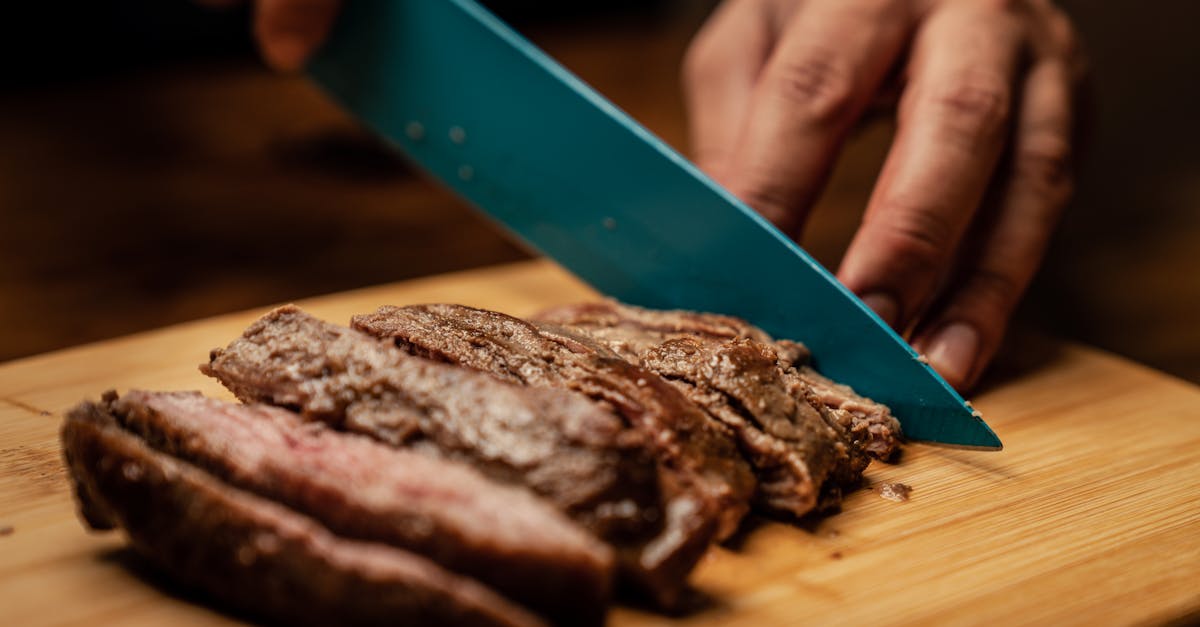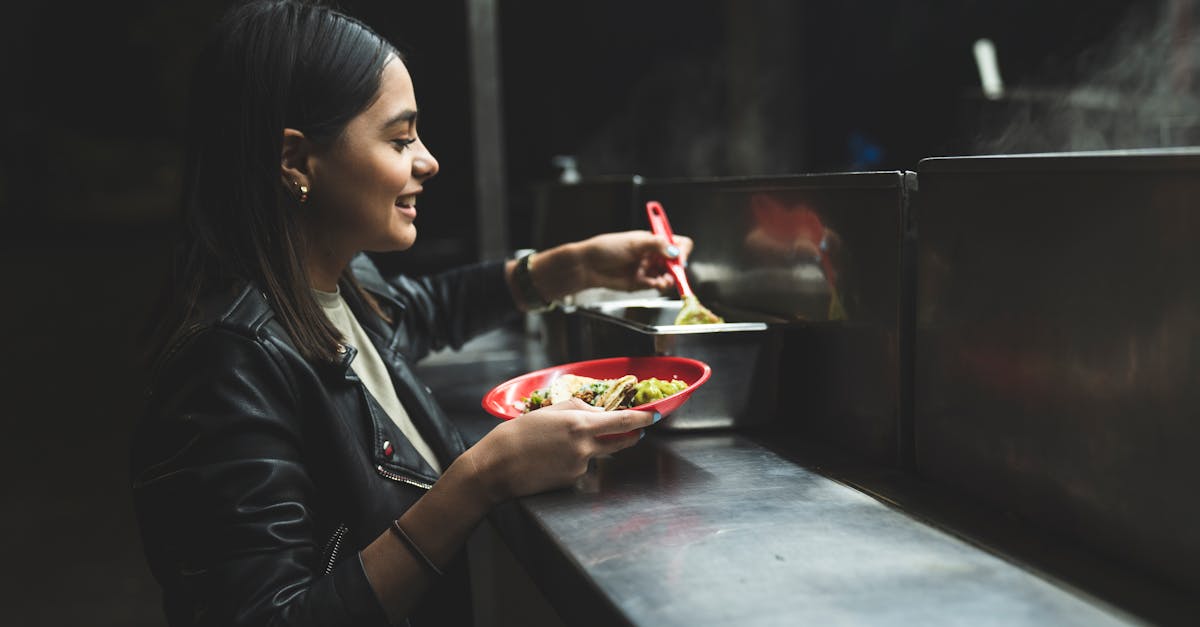
Introduction
In the ever-evolving world of gastronomy, a new wave of flavor-focused cuisine is captivating taste buds worldwide. Dubbed the "Flavor Forward" movement, this foodie fad celebrates bold, vibrant flavors, challenging traditional palates. From street eats to fine dining, chefs are experimenting with stronger, more intense tastes. This trend isn't just about spice or heat; it's about depth, richness, and balance. The fusion of global influences has amplified this culinary shift, creating an international flavor exchange. But what drives this craving for intense flavors, and how is it influencing modern dining?
Origins of the Flavor Forward Trend
The origins of this trend can be traced back to the increased globalization of food culture. As societies became more connected, unique spices and ingredients began to cross borders, introducing diners to flavors like never before. Immigrants brought their native tastes, leading to a tapestry of culinary diversity. Additionally, TV shows and social media enthusiasts showcased and celebrated these eclectic dishes, amplifying their reach. The result was a curiosity-driven demand for dishes that showcase robust, unapologetic flavors. This movement has turned dining into an adventure, with foodies seeking more aromatic and piquant culinary experiences.
Key Ingredients in Flavor Forward Cooking
At the heart of this trend are ingredients that pack a punch. Global pantry staples such as harissa, gochujang, za'atar, and sambal oelek are becoming commonplace. These ingredients are known for their ability to provide layers of flavor, transforming any dish into a taste sensation. Chefs and home cooks alike embrace these bold spices and sauces to enhance dishes without overpowering other components. The emphasis is on creating a balanced dish that layers various flavors, from smoky to tangy, to deliver a memorable mouthful. These ingredients are now staples in kitchens worldwide, driving the trend further.
Cultural Influences Shaping Flavors
The internationalism of dining has been a significant catalyst for the Flavor Forward trend. Cuisines from Africa, the Middle East, Asia, and Latin America have left indelible imprints on global palates. Each region brings its unique spice blends and cooking techniques, enriching the global flavor landscape. Dining establishments increasingly offer diverse menus that respect traditional techniques while weaving in modern culinary flair. Cultural celebrations and festivals also play a role, often showcasing regional dishes that entice adventurous eaters. Patrons now desire real, authentic flavors, broadening their culinary horizons and appreciation.
Balance Between Heat and Flavor
Although some may associate the trend with merely increasing a dish's spiciness, the Flavor Forward movement is more nuanced. While spice plays an essential role, the primary focus is on combining flavors harmoniously. Explosive heat from ingredients like chilies serves as building blocks, accentuating the other components loyal to this trend. Chefs meticulously craft dishes to ensure that no single element overwhelms the other, allowing diners to appreciate every taste. This balance appeals to a wide range of eaters, including those who may not typically enjoy overly spicy food. The ultimate goal is multi-layered flavor, providing a sensory journey for the palate.
Almost Any Dish Can Be Flavor Forward
This trend isn't restricted to one type of cuisine or dish; almost any meal can adopt a flavor-forward approach. From classic comfort foods like mac and cheese with a spicy upgrade to sweet desserts enhanced with exotic spice notes, possibilities abound. By elevating familiar dishes with unexpected flavors, chefs invite diners to reimagine their favorite foods. Even traditional cuisines like Italian or Japanese find themselves infused with bold, global tastes. Food trucks and pop-up eateries, famous for creativity, are often the frontrunners of this eclectic movement, daring to experiment with varied culinary traditions.
Impact on the Dining Experience
Flavor Forward cooking has notably impacted the dining landscape, transforming the ways people savor food. The rise of tasting menus and shared plates encourages diners to explore a broader range of tastes in one sitting, promoting communal experiences. It's not enough for the food to look good; the drive is to create deeper emotional connections through taste. Interactive and immersive dining experiences follow suit, with some restaurants offering sensory adventures highlighting these flavors. This trend has rekindled many patrons' love for dining out, which had waned due to the predictability prevalent in some establishments.
Health and Nutritional Considerations
Interestingly, the trend aligns with growing health-consciousness among consumers. Flavor-forward ingredients often boast nutritional benefits, doubling as both a taste enhancer and health booster. Spices such as turmeric, ginger, and garlic are revered for their anti-inflammatory properties. Complex flavor structures also promote mindful eating, encouraging diners to savor each bite rather than hurriedly consuming meals. Health-centric restaurants embracing this trend may prioritize natural over processed ingredients, thereby appealing to the well-being-seeking demographic. This convergence of flavor and healthful dining showcases an evolution toward more intentional and enjoyable eating habits.
Challenges and Critiques
Despite its popularity, not all embrace the Flavor Forward trend without reservations. Concerns arise regarding palate fatigue when diners continuously encounter heavily seasoned dishes. Some argue that the subtler nuances of a dish may be lost in the pursuit of bold flavors. Additionally, reactions vary regionally, with some communities preferring traditionalist taste profiles. There's also the question of authenticity and cultural appropriation, as some chefs may misrepresent traditional cuisines. To address these challenges, culinary professionals strive for transparency and respect for authentic culinary origins, ensuring the movement develops responsibly.
Conclusion
Flavor Forward cooking has captivated taste buds worldwide with its celebration of bold, eclectic flavors, reshaping gastronomic culture. As varied cuisines intertwine, they reimagine dining, introducing people to vibrant, complex taste journeys. The trend has encouraged culinary experimentation while fostering a deeper appreciation for other cultures. Now, more than ever, diners seek layered flavor experiences that honor authenticity. As this food fad continues to evolve, chefs and food enthusiasts will undoubtedly discover new ways to satisfy our collective quest for robust, enticing flavors.